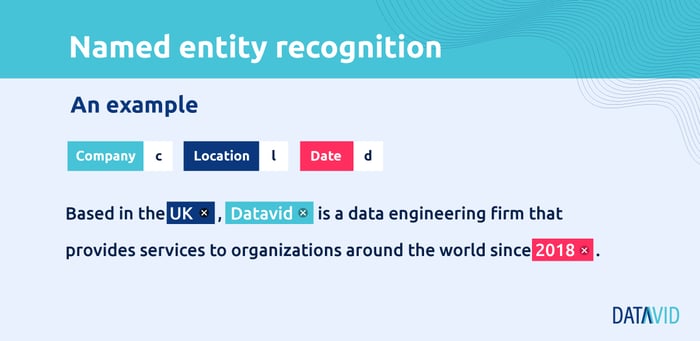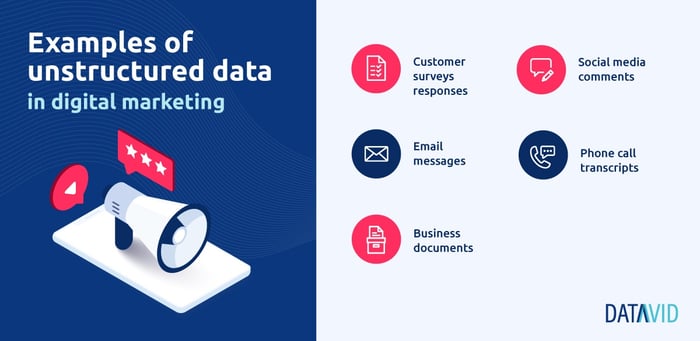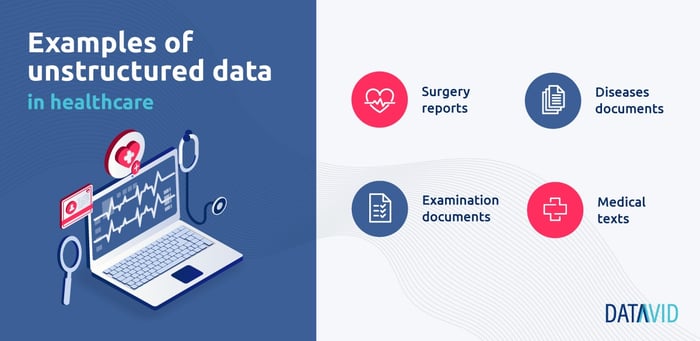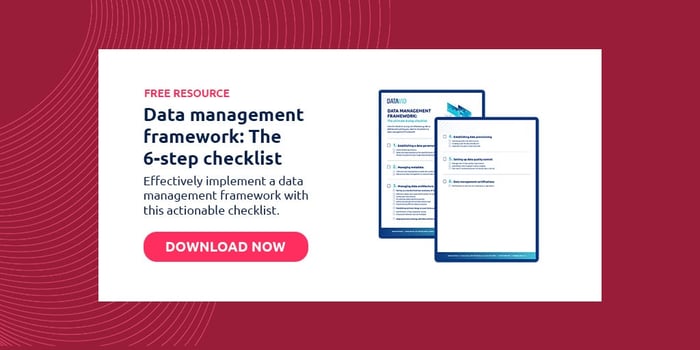5 minute read
Learning about named entity recognition use cases
NER helps companies increase productivity, improve customer experience and boost their revenues. Learn more about named entity recognition use cases.
Table of contents
Your company may rely on AI-driven programs to automate manual tasks, and named entity recognition (NER) is quickly becoming a part of business operations.
 While NER may seem optional today, it's gaining popularity quickly. In the near future, a large percentage of successful data management tools will rely on this method.
While NER may seem optional today, it's gaining popularity quickly. In the near future, a large percentage of successful data management tools will rely on this method.
Failing to take advantage of it today could put you behind the competition.
However, NER can be complex and hard to apply.
Let's take a closer look at how it works with some use cases.
What is NER?
Named entity recognition is a method of identifying and categorizing essential pieces of information in a large body of text.
It is applicable in many different business domains, including natural language processing (NLP) and machine learning (ML).
NER looks for specific elements in the text and places them into pre-defined categories. Common groups include names, locations, dates, percentages, and email addresses.
Here is a simple example of how NER works.

After processing the text, NER tools categorise important words into several categories.
Depending on your goal, you can use simple NER tools with pre-defined categories or "teach" a program to recognise the entities you need through ML.
The NER model needs to know how to detect a word (London) or a string of words (e.g., The United Kingdom) and determine whether it belongs to the "location" category.
The user can create entity categories according to their needs and then tag words and phrases to help the program learn how to identify the required entities.
Depending on the user's needs and the task's complexity, it's possible to create specific entity categories and design unique rules for entities to be put into specific categories.
Named entity recognition use cases
Today, only 18% of organizations take full advantage of their unstructured data. (e.g., Word documents, spreadsheets, emails, web pages, XML, and other file types)
Since this data is highly prevalent (especially in enterprises), ignoring the benefit of indexing it can easily put you behind the competition.
Named entity recognition can prove to be effective in various situations—from marketing or healthcare to retail or finance—you name it.
Use case #1: Financial Industry
A common challenge that financial industry players face is an abundance of unstructured data generated by various sources that aren't fully controlled by financial institutions.
According to a Frontier study, around 80% of financial data is unstructured.
Tapping into this data opens new doors and uncovers substantial earning opportunities. That's where named entity recognition comes in.
Among other sources, the financial industry includes different unstructured data.

NER can help find valuable patterns and identify errors or opportunities for improvements.
For example, connecting customer support requests to previous documents written in entirely different data sources can provide a 360-degree view of the customer experience.
The real-life use case in the financial industry
Digit, a San Francisco company that provides accounting services, implemented named entity recognition to allow its clients to gain valuable insights into their transactions.
The company leveraged natural language processing and machine learning to extract information from unstructured transaction data.
Since Digits couldn't find a pre-trained model capable of categorising the information needed for their clients, They created their own tool based on TensorFlow 2.x and the ecosystem library TensorFlow Text.
The company's tool categorised selected entities, such as dates, party names, website URLs, and locations.
Digits continuously updates the model to suit different clients' needs and the changing industry requirements.
Use case #2: Digital Marketing
Marketing experts face large volumes of unstructured data that require manual classification.
For large companies, most data's value stays untouched due to the lack of time and resources for in-depth organisation and evaluation.
The most common types of unstructured data in marketing include:

Many unstructured information comes directly from users, customers, and clients. It is significant for adjusting marketing strategy, changing the approach to customer service, developing new products, and much more.
Marketing experts can use NER for many reasons. For example, they can identify potential customers from social media posts and comments, find out common trends in phone call transcripts, or figure out customer pain points from email message responses.
Content recommendations
One of the most valuable benefits of NER for marketing is content recommendations.
Today, 66% of customers expect companies to understand their unique preferences and act upon them. NER can help marketers extract information about customers' preferences, pain points, demographics, and interests.
This could help identify opportunities for automatic recommendations to customers.
For example, a flower shop marketing team can use NER to figure out when to send offers to customers based on their important dates.
Use Case #3: Hospitality industry
The main data-related challenge that large players in the hospitality industry face is a vast amount of unstructured data that comes from customers.
For example, hotels and tourism agencies collect much information while interacting with their clients.

All of this data has a high potential to improve how a particular hospitality industry player works.
For example, a survey asking clients to rate a company's services may include open-ended questions. While a person may give a company a high rating, they could mention a problem in the comment area.
Let's say a hotel guest is happy with the stay but unhappy with the room service. By singling out "room service" in the guest's reviews and comments, NER can help a hotel find opportunities for improvement.
Real-life use case in the hospitality industry
Booking.com is a popular hospitality platform that allows users worldwide to book hotels, transportation, flights, and more.
More than 500 million people visit the website annually. While not all of them become users, the amount of communication is huge.
Booking.com clients communicate with the company through various tools. They provide valuable information, including reviews, opinions, feedback, and complaints. The platform implements NER to organise this data and extract value from it.
The platform's top goal was to enhance customer communication and experience. NER helped them achieve this by making data extraction and analytics easier.
Use case #4: Healthcare industry
The healthcare industry works with a variety of data sources:

Identifying and extracting such entities as tests, treatments, test results, and diseases can help with:
- Identifying disease trends
- Finding participants for clinical trials
- Analysing uncommon symptoms
- Predicting the progression of the disease
NER can help do all that.
Pre-trained NER models are usually not sophisticated enough to handle medical data requirements. You would need to train the model independently by labelling relevant entities and designing the required categories.
Researchers usually employ dictionaries to train NER models to suit their needs. This is called ontology-based NER.
Healthcare industry players can also use NER to identify trends in social media posts and arrange healthcare events accordingly.
For example, a spike in Facebook questions and discussions about vaccinations could help a local healthcare provider to arrange an educational event.
What NER can do for your business
NER is an essential tool that helps select important data from a pool of unstructured information.
By using a pre-trained NER model or training a model yourself, you can identify marketing errors, find new product development opportunities, improve customer service, boost personalisation, enhance the quality of your knowledge base, and much more.
In fact, you may already be using NER for some aspects of your business operations. Digging deeper into its possibilities and applications could help streamline your company's development and improve its bottom line.
Frequently Asked Questions
What does NER mean?
NER stands for named entity recognition. This method identifies and extracts important pieces of information from unstructured data sources.
What is NER used for?
NER can be used to find important words and phrases in a large unstructured text and put them into relevant categories. For example, a NER model evaluates a lengthy phone call transcription and identifies the caller's demographic information.
What is the objective of named entity recognition?
Named entity recognition identifies specific elements in the text and places them in pre-designed categories. This can help find important patterns in large volumes of unstructured data for educated decision-making.



